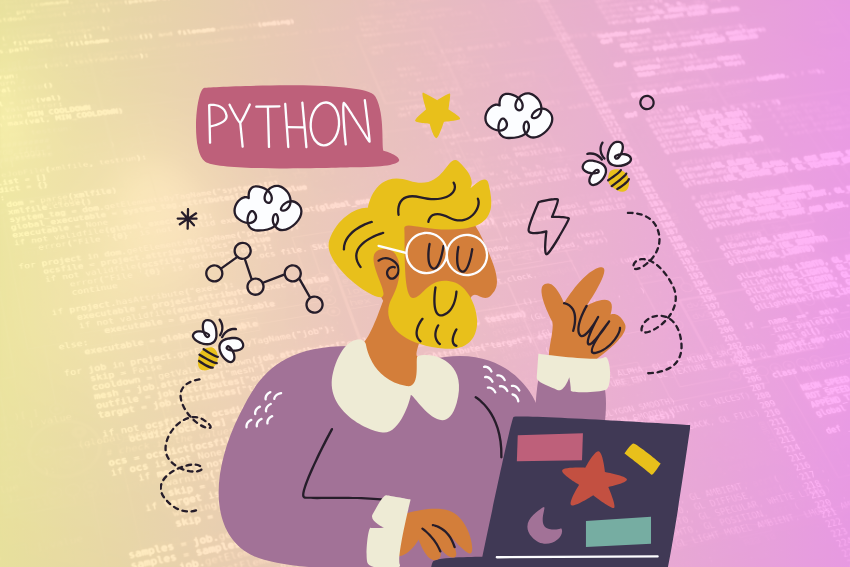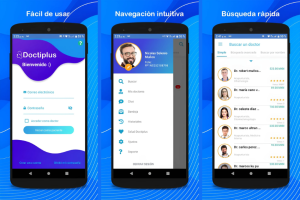Python is one of the most famous program languages across the world that is easily used and adopted due to their versatility. The uses of Python are enormous, including web development, data science, automation or artificial intelligence. Nevertheless, as any tool, it has its positive and negative sides. In this article, we will discover the advantages and disadvantages of Python with a view of giving a neutral opinion on its usefulness.

Advantages of Python
Easy to Learn and Read
Syntax can be considered clear, shortened, and largely similar to natural syntax, which is why it is a good option to choose Python, specifically at the beginner level. With its readability, most of the learning curve as well as the need to grapple with complex syntax can be eliminated as the developers concentrate on tackling the problems at hand. As an example, in Python, there is no need to write braces or any other complicated keywords to define code blocks since it would be similar to the situation with such languages as C++ or Java.
Versatile and Multi-Purpose
Python is a general-use language, and it is applicable in most applications. It is used to power web frameworks, such as Django and Flask, to perform data analysis using libraries, such as Pandas and NumPy, and to power machine learning, such as TensorFlow and scikit-learn. It is universal in nature and that is why it is the preferred language by startups, enterprises, and by hobbyists.
Extensive Standard Library and Ecosystem
The standard library included in Python is enormous, and includes modules to perform functions such as file operations, networking and regular expressions. Also, there are thousands of libraries developed by third parties and placed in the Python Package Index (PyPI), letting developers even more rapidly incorporate functions such as web scraping (BeautifulSoup), GUI development (Tkinter, PyQt) and others. It is a very rich ecosystem that makes development faster and curtails the necessity of writing codes.
Strong Community Support
Python has a large active community that helps in its development and also creates tutorials and maintains forums such as the Stack Overflow. This aid guarantees that the developers may get the solution to the issues, learning resources, and best practices. New libraries and tools are being developed by the community that also makes Python relevant.
Cross-Platform Compatibility
Python is platform agnostic, and it runs smoothly on the windows, mac, Linux among other operating systems. This portability enables developers to be able to create programs and have them deployed in various environments with little or no changes at all which makes it to be suitable especially in projects demanding wide extensibility.
Support for Multiple Programming Paradigms
Python language supports the object-oriented, functional and procedural programming styles which provides freedom to the developer to take the type of style that best suits the project. As an example, object-oriented designs using classes and inheritance are facilitated along with functional programming using functions and lambda expressions.
Rapid Development and Prototyping
The simplicity and large libraries available to python allow it to be rapidly developed, a property which led it to be used as a common prototyping language. Its ability to enable developers to rapidly construct and experiment ideas is also beneficial, especially when working in an arena such as data science or machine learning, which often require many tests.
Integration Capabilities
Python is easily interlaced with other programming languages and technologies. It is, for example, possible to interface to C/C++ on performance-demanding tasks with Cython or PyPy. It is also friendly to integration with web technologies, databases and APIs therefore it is quite powerful option in developing complicated systems.
Also Read – 10 Best Python IDEs and Code Editors
Disadvantages of Python
Slower Execution Speed
Python is also an interpreted language and that usually causes a slow performance compared to a compiled language such as C++ or Java. Performance of multi-threaded applications may also be impeded by the Global Interpreter Lock (GIL) used in the most common implementation of Python, CPython, and thus Python is unsuitable for high-performance computing.
Not Ideal for Mobile Development
Python does not feature among the common solutions to mobile app development. There are such frameworks as Kivy however they are less mature and less popular than native ones such as Swift (iOS) or Kotlin (Android). The mobile development ecosystem built using Python does not have the strength of the web or data science.
High Memory Usage
The dynamic typing and flexibility of python are extracted at the expense of using more memory. This is a disadvantage in cases where the application needs to use memory efficiently e.g. embedded systems or distributed large scale systems. Careful optimization may be required to handle memory constraints on the part of developers.
Weak Type System
Dynamic typing allows python to be more flexible but can result into run time errors that are more difficult to diagnose during development. Python does not check the type at the compilation time as opposed to statically typed programming languages such as TypeScript or Java and thus may lead to unpleasant surprises during the execution.
Limited Support for Low-Level Programming
Python is not an appropriate language to do low-level programming, e.g. operating systems or device drivers. The abstractions required by its level of abstraction and garbage collection make it not easy to explicitly control hardware, whereas C or Rust are more desirable.
Threading Limitations
CPython contains a GIL that restricts a true multi-threading since multiple native thread cannot run Python bytecodes at the same time. This potentially becomes a bottleneck to the speed of CPU-bound programs, although work arounds (i.e. multiprocessing or other implementations (e.g. Jython, IronPython)) can be used.
Dependency Management Challenges
Third party package dependency problems are possible when using Python and may generate dependency conflicts or maintenance problems due to old or incompatible packages. Such tools as pip and virtualenv make it easier but still it is laborious to handle a complex dependency graph of large projects.
Learning Curve for Advanced Features
Python is very friendly but some of its advanced features, like decorators, generators or asynchronous programming are quite difficult to find out. A more gradual process is what would need to be accommodated when developers shift into such concepts.
Also Read – PHP vs Python: Which Should You Choose for Web Development?
Conclusion
The flexibility, simplicity, and powerful ecosystem of Python make it an optimal language to use to quickly develop applications, as well as those that perform data science and web applications.
However, its disadvantages of performance, wide memory consumption, and inferior support to mobile programs and low-level programming indicate that it is not the solution all over.
Developers must consider all these trade-offs, hoping that the tools they use are suitable to their needs. For many, the advantages of Python overshadow its disadvantages, thus making the language one of the best.


